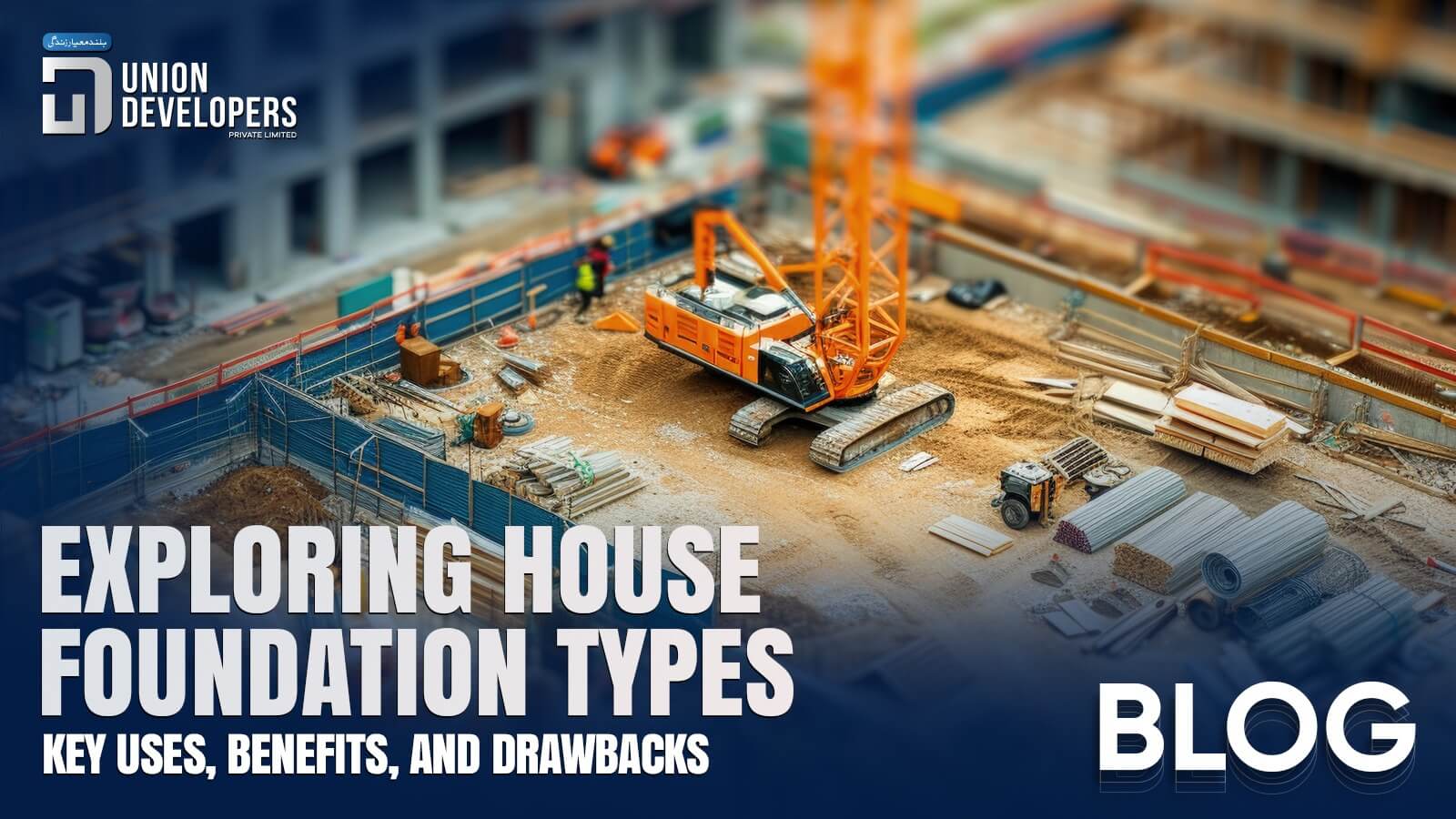Every house has a foundation, but not every house is built on the same foundation. Some houses are stronger and more expensive than others. The house foundation types vary by the materials used to build them and their depth. Some materials are cheaper and commonly used, like concrete, while wood and stone were used in older houses. The home foundation type is used based on geographical location, house design, moisture, and soil conditions.
House foundations are different, but your house will have one of these foundations: daylight or full basement, concrete slab on grade, crawlspace, or insulated concrete form. These are more flexible and serviceable foundations that work for millions of houses across various needs and climates.
Why A Strong House Foundation Is Essential for Your Home
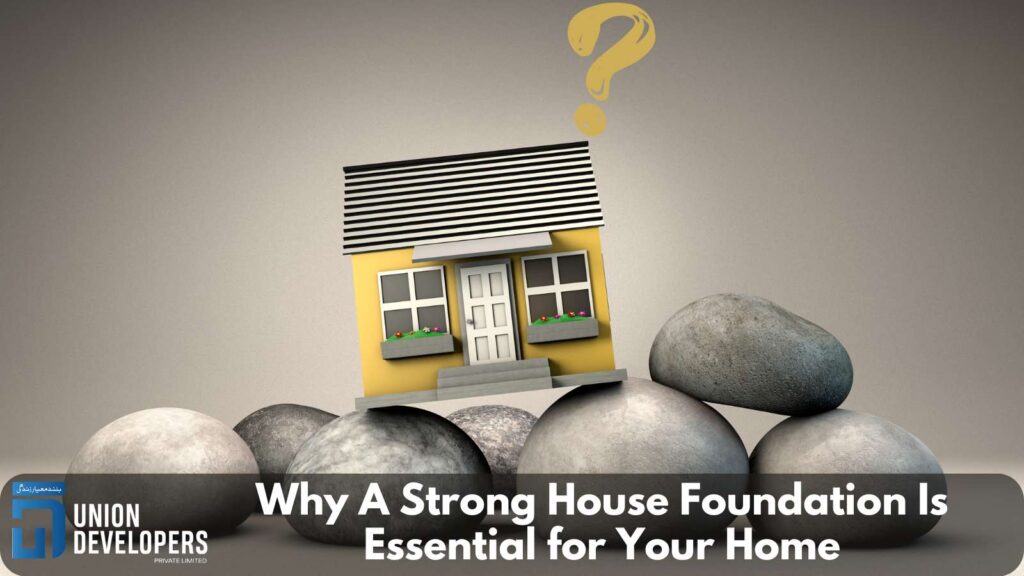
Many homeowners ask, “How to raise a house foundation?” or “What is the best foundation for a house?” Foundations are the first and primary part of any house construction. They are incredibly important to the durability and flexibility of the building.
Without a stable and strong foundation, a building will not be able to be sustained for long. Moreover, there are types of foundations that make a house solid. The foundation is buried in the ground, and its purpose is to hold your house. Without a solid foundation, your house will dink in the ground. Moreover, you have to choose a type of foundation that matches your country’s climate.
For instance, in Pakistan, the temperature can be humid and hot in the summer. You will have to check for soil moisture, insect infiltration, and damp proof. Also, you should partner with real estate companies that provide the best construction services, such as Union Developers in Pakistan.
Types Of House Foundation
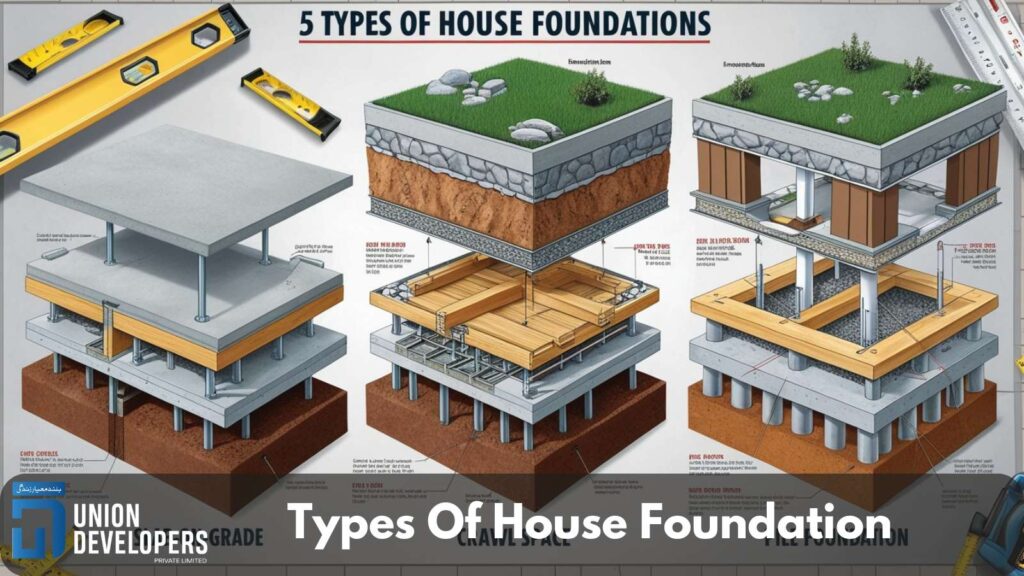
Full Or Daylight Basement Foundation
A basement foundation is the deepest of the main foundation types. A full basement matches most of the floor space and is 7 feet high. The new homes mostly have taller basements to cater for conversion into living space. A basement foundation is the most expensive than a concrete slab foundation.
The major advantage of a basement is the space it provides for living or storage. In many homes, basement finishing can double the amount of living space. Also, a basement can be conditioned like the rest of the house and provides a buffer for the upper floors.
Full Basements
A full basement follows the perimeter of the house. If the house ground is 900 square feet, the whole basement’s square footage is also 900 square feet. A full basement consists of structural foundation walls that match the foundation footing along the perimeter of the basement. Footings extend below the frost line and the depth to which the ground freezes in winter. Remodelling a basement means installing moisture-tolerant flooring, a dry subfloor, a ceiling, and insulation walls.
Daylight Basements
One new thing in the house can be a daylight basement, known as a partial basement. It is built against a slot, and it has one or more sides embedded in the ground wholly, from floor to ceiling.
The slope of daylight basements descends, and one or more sides of the foundation are exposed. That is why we can have large doors and windows to bring daylight into the basement.
| Pros | Cons |
| Extra living space possibility. | Most expensive foundation. |
| Extra storage room. | Greater maintenance. |
| Can be conditioned as well. | Often water problems. |
Crawlspace Foundation
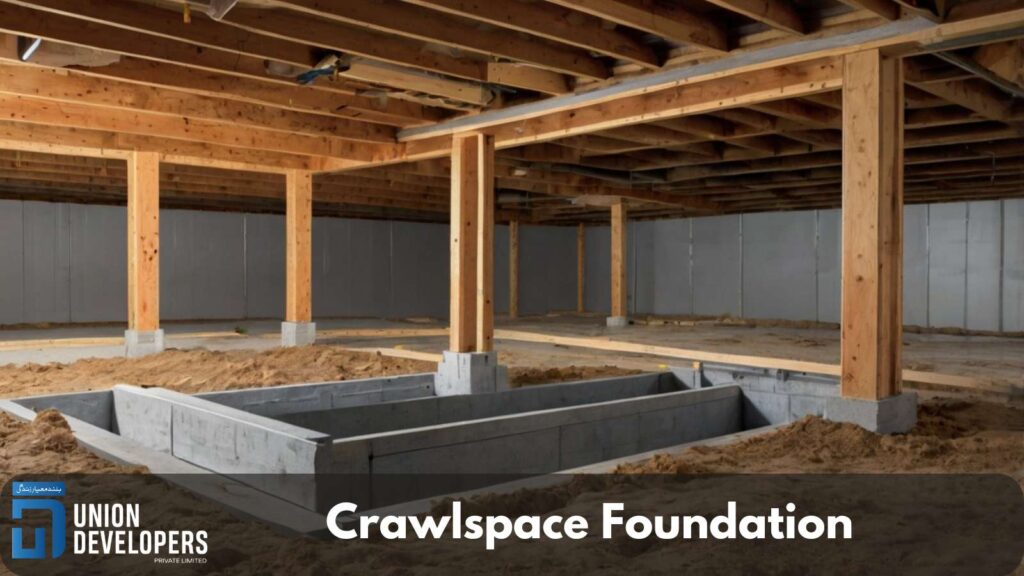
In this type of house, foundations create a crawlspace consisting of short foundation walls on footings. The walls might be very short, creating a crawling space or a 4-foot-tall space, providing room for your equipment. These floors are built at grade, and their lower part is at ground level or higher.
Sometimes, a crawlspace foundation is built below grade, like a basement. The house owners might have to pay higher flood insurance premiums. Crawlspace foundations may be ventilated with small vents if they are unheated spaces. However, you will have to consider the water leaks, seepage, and moisture control.
Quick Tip
For foundations in areas with certain caissons, clay soils are often drilled down to bedrock. The foundation is placed on the bedrock instead of footing. This kind of fortification enables the expansion and contraction of such soils.
| Pros | Cons |
| Less expensive | Tough to access. |
| You can insulate it. | Moisture control is crucial. |
| Provides access to mechanicals. | Unheated. |
Concrete Slab On Grade Foundation
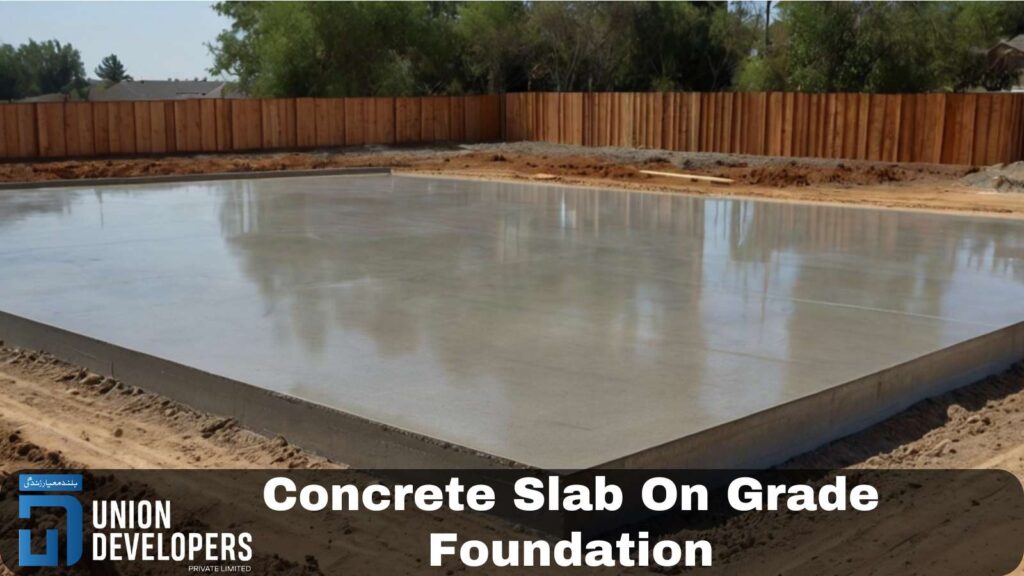
A slab-on-grade foundation is a solid concrete slab that stays on the ground. The grade is called ground level, and the slab is a monolithic concrete pad. Slab-on-grade foundations are commonly used in ground-freezing and thawing climates. This can lead to cracks in the shifting and concrete of the foundation.
A slab-on-grade foundation is affordable and less expensive and can offer better protection against termite infestation, which is common in warmer climates.
| Pros | Cons |
| Less expensive | No extra living space or storage. |
| Solid | Cracking possible. |
| Not-sensitive to insects | Pipes encased in concrete. |
Insulated Concrete Form (ICF)
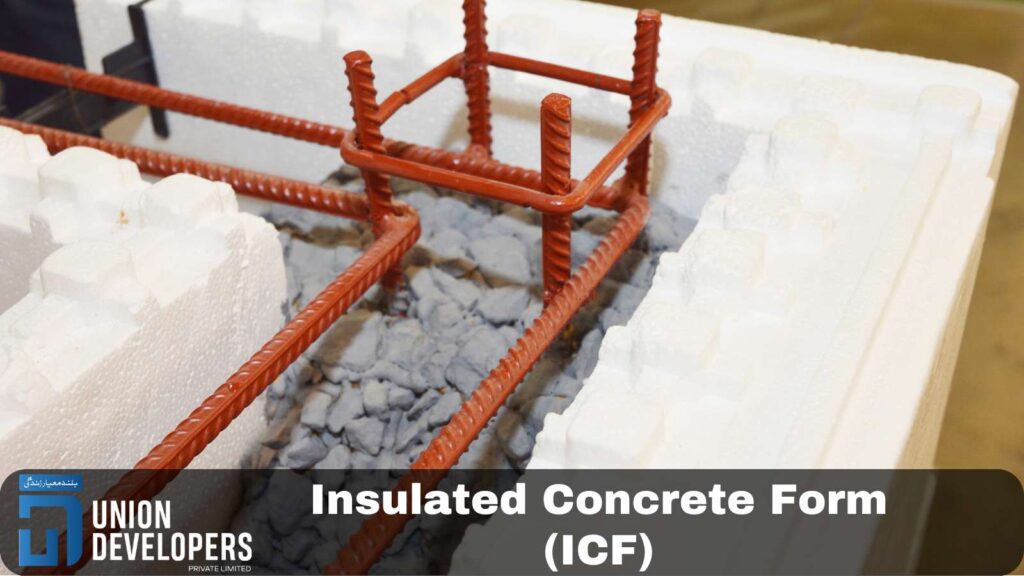
Insulating concrete forms are made from high-density foam. These are used when forming the wall structure and pouring concrete walls. They stay in place after the concrete hardens, insulating and strengthening the system from outside temperature and sound. They are ideal for their durability in earthquakes, hurricanes, and other natural disaster zones.
The most prominent feature of this foundation is that you can use 60% smaller cooling and heating units to service the same floor area. These foundations do not contain wood, so the upkeep and maintenance costs are less since they are not damaged by rodents or insects.
| Pros | Cons |
| Least expensive and is energy efficient | Higher humidity indoors |
| Best in natural disaster zones. | Tough to make modifications. |
| Not-sensitive to insects | If not cured properly, cab be unsound structurally. |
Lastly,
The house foundation is crucial because it gives it a strong ground basis. Over time, the types of home foundations have evolved from stone and wood to more popular types. The concrete, full or daylight basement, ICF remains popular to protect the home from external and internal damage. Similarly, when topsoil is too weak, constructors use pile foundations to protect the house from storm surges. A concrete slab foundation is the most affordable option for people, whereas a full basement is the most expensive one. Choose the foundation according to the climate of your country, which can protect it from storms or any bad weather conditions.
